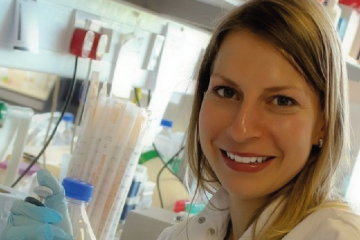Fellowship
Development of the chick embryo as a replacement for rodent models of tumour metastasis

At a glance
Completed
Award date
March 2018 - February 2022
Grant amount
£239,586
Principal investigator
Dr Anne Herrmann
Institute
University of Liverpool
R
- Reduction
- Replacement
Read the abstract
View the grant profile on GtR
